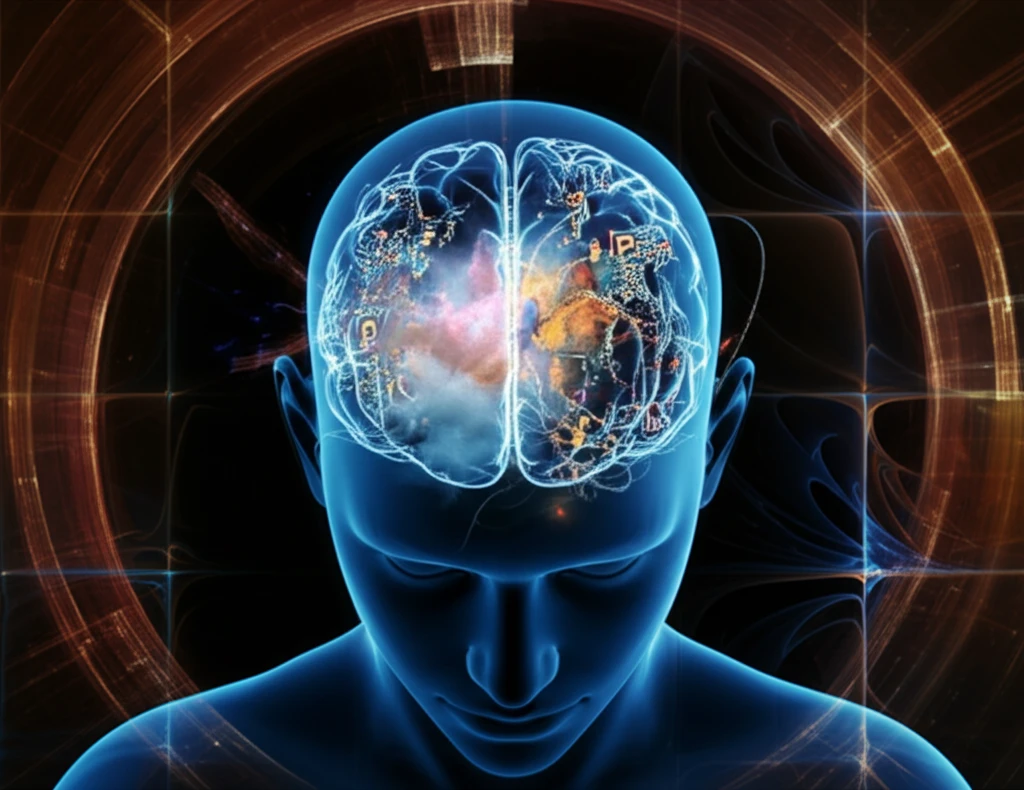
Unlocking the Schizophrenia Puzzle: How Word Games and Brain Scans Could Change Everything
"New insights into brain activity during simple word tasks offer a promising approach to diagnosing and predicting outcomes for schizophrenia patients."
Schizophrenia, a complex and often misunderstood mental disorder, affects millions worldwide. Characterized by a range of symptoms including hallucinations, delusions, and cognitive impairments, schizophrenia presents significant challenges for diagnosis and treatment. Traditional methods rely heavily on clinical observation and patient self-reporting, which can be subjective and inconsistent. This highlights the urgent need for objective, reliable tools to aid in the diagnosis and management of this condition.
In the quest to better understand and combat schizophrenia, researchers have increasingly turned to neuroimaging techniques. These tools allow scientists to peek inside the living brain, revealing patterns of activity and connectivity that differ between individuals with and without the disorder. One such technique, near-infrared spectroscopy (NIRS), offers a non-invasive and relatively accessible way to monitor brain activity by measuring changes in oxygenated hemoglobin levels. This method has opened new avenues for exploring the neural underpinnings of schizophrenia and developing innovative diagnostic approaches.
Imagine a simple word game, like the classic “shiritori,” where players take turns saying words that begin with the last letter of the previous word. Now, picture scientists using this game to study the brains of individuals with schizophrenia. This is precisely what researchers at Kurume University in Japan have done, using NIRS to track brain activity during word production tasks. Their findings, published in Neuropsychiatric Disease and Treatment, shed light on the unique neural signatures of schizophrenia and offer a glimpse into the future of mental health diagnostics.
Decoding Brain Activity: The Shiritori Experiment

The Kurume University study involved 35 outpatients diagnosed with schizophrenia and 35 healthy control subjects. Participants engaged in a modified version of “shiritori,” where they had to generate animal nouns starting with the last character of a presented word. Simultaneously, a 44-channel NIRS system tracked changes in oxygenated hemoglobin (oxy-Hb) levels across their frontal and temporoparietal regions.
- Diagnostic potential: Hypofrontality, as measured by NIRS during word production tasks, could serve as a diagnostic aid for schizophrenia.
- Predictive value: The relationship between brain activation and symptom scores may help predict functional outcomes in patients.
- Personalized treatment: Understanding individual brain activation patterns could pave the way for tailored interventions targeting specific neural deficits.
- Accessibility: NIRS offers a relatively affordable and portable alternative to other neuroimaging techniques, making it more accessible for widespread clinical use.
Looking Ahead: The Future of Brain-Based Diagnostics
While the Kurume University study offers a promising glimpse into the future of schizophrenia diagnostics, it’s important to acknowledge certain limitations. The spatial resolution of NIRS is lower compared to other neuroimaging techniques like MRI. Additionally, factors such as medication and individual variability in brain structure can influence the results. Nevertheless, this research underscores the potential of combining simple cognitive tasks with neuroimaging to gain a more objective and nuanced understanding of mental disorders. As technology advances and our knowledge of the brain deepens, we can expect to see even more sophisticated brain-based diagnostics emerge, revolutionizing the way we diagnose and treat mental illness. This offers hope for earlier intervention, personalized treatment strategies, and ultimately, improved outcomes for individuals living with schizophrenia.
